If I Had 30 Minutes To Talk About Paint Correction To A First Timer
by Rodney Tatum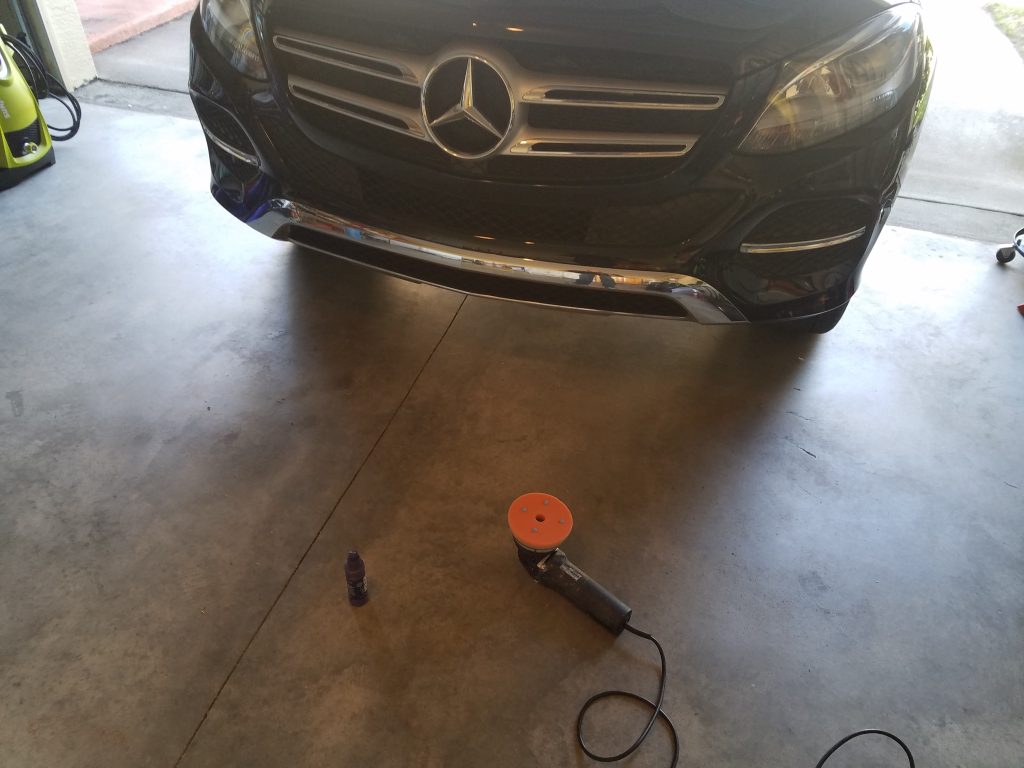
I encourage you to start off by reading my series on Paint Defects and Paint Correction here. If I only had a few moments to give advice to a stranger starting out in paint correction I would recommend that article, followed by below.
Get over the limiting belief that the way you have always washed your car is fine. That mindset is keeping you from improving. Also get over the concept that changing your washing process is going to be painful or dramatically difficult. Even moderate improvement here will have great benefit in improving how long your car maintains a certain level of beauty. In short, I am saving you from feeling like wasted your money and time polishing your car.
The next point is to put intention in all detailing steps, not just paint correction. Detailing is about attention to detail. How thorough you are in removing bonded contamination with a claybar, clay mitt, or clay pad, is going to affect your ability to polish your car. Bonded contaminants negatively affect the polishing process. It is not just about polishing itself; all detailing steps should be performed to the best of your ability. Not that either or is wrong, but there is a reason I still use claybars. I like the feedback it gives me regarding removing all contamination from the paint.
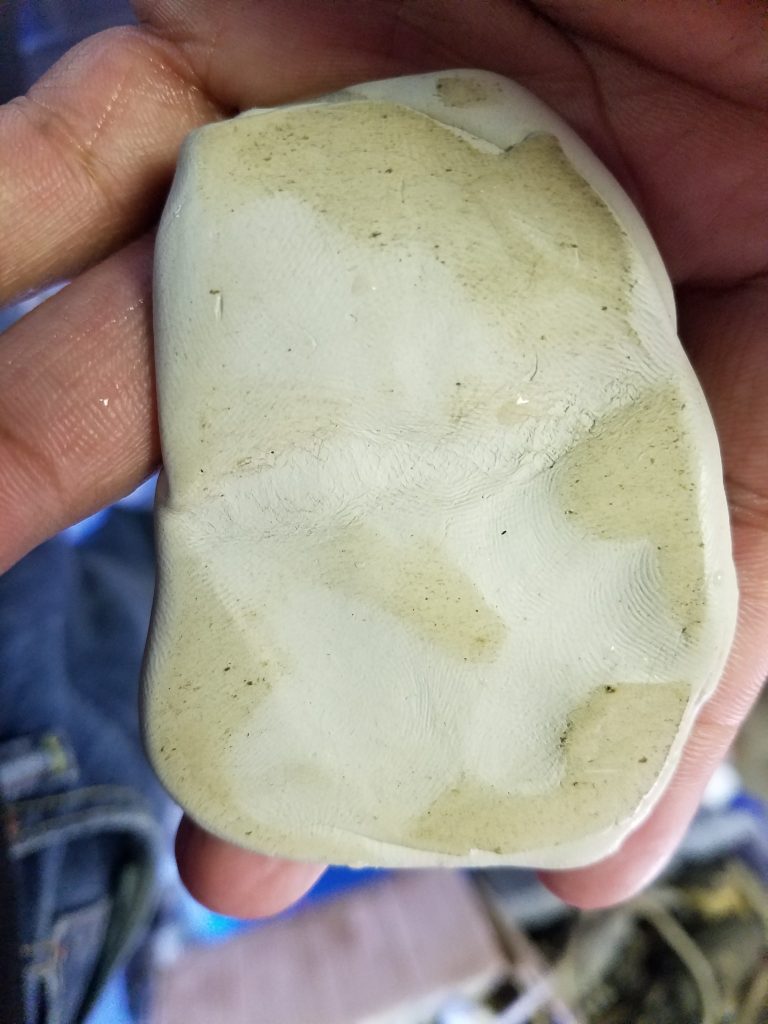
When polishing, keep your working area small. This might be the most common issue I see when it comes to inconsistent results in paint correction. With most standard size polishers, your working area should be about a shoulder to slightly larger than shoulder width apart. For major corrections even going slightly under a shoulder width apart is a good plan. Yes, that is going to take longer. We (reputable professionals) are not kidding when we speak of the time labor intensive (working time) aspect of proper paint correction.
Do not be your own cheap detailer when working on your own car. Investing in an abundance of superior quality towels and pads is as important as the kind of polisher in your hand. I believe you should use an actual dedicated polish removing prep spray (picture below). Keep in mind many people have coating application as well as sealant application issues due to not removing the polishing oils. Even when applying a sealant if you wonder why there may be nothing on your paint in two weeks, this could be the reason why. Sure, it is possible to use an alcohol (IPA) mix, but from the harshness to the clear coat and its unreliable ability to remove the polishing oils, why would you?
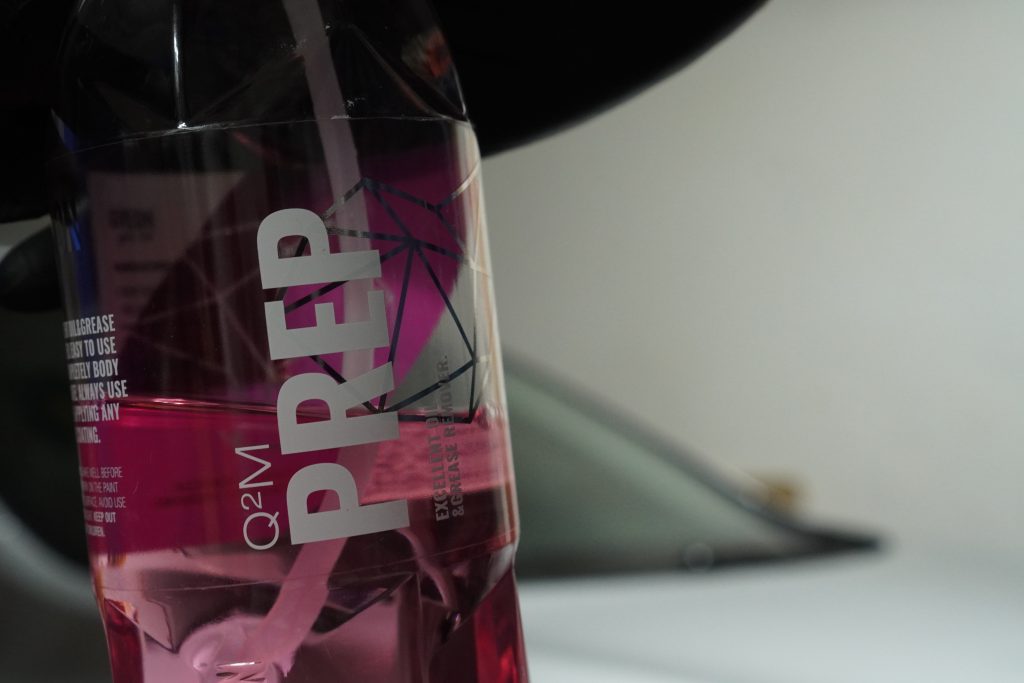
Afterwards you need to be more proactive when your car visits a dealership, and you may need to be more selective with mechanic shops. With respect to dealerships, they will courtesy (scratch) run through the tunnel wash unless you explicitly and repeatedly request them not to have the car washed.
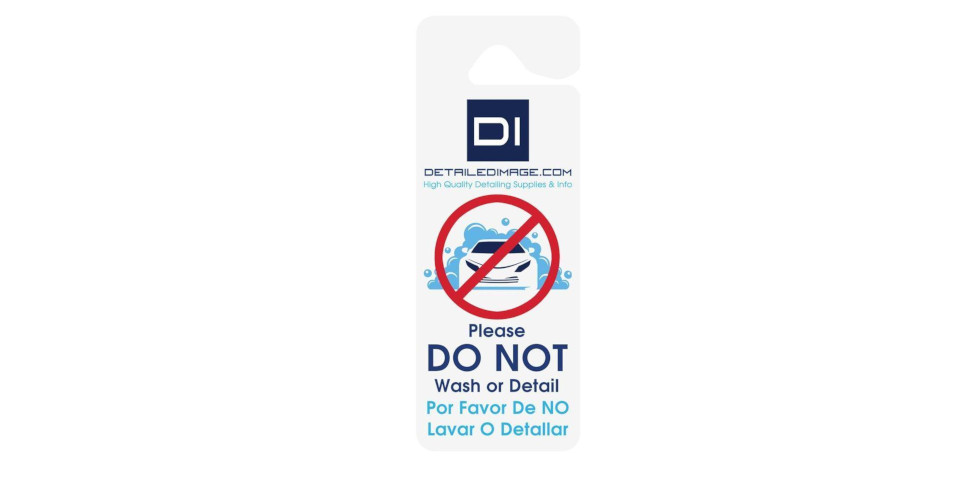
Detailing is really supposed be about personal pride and expanding at our own pace. It is upsetting to see people due to peer pressure chase perfection the first time not knowing how to keep the swirls from coming back, not having a paint thickness gauge with thinner clear coats, or not knowing how to polish at an elite level. Sanding, overly aggressive polishing (because you cannot get all the swirls out) or perfecting your daily driver should be the furthest thing from your mind when you are STARTING.
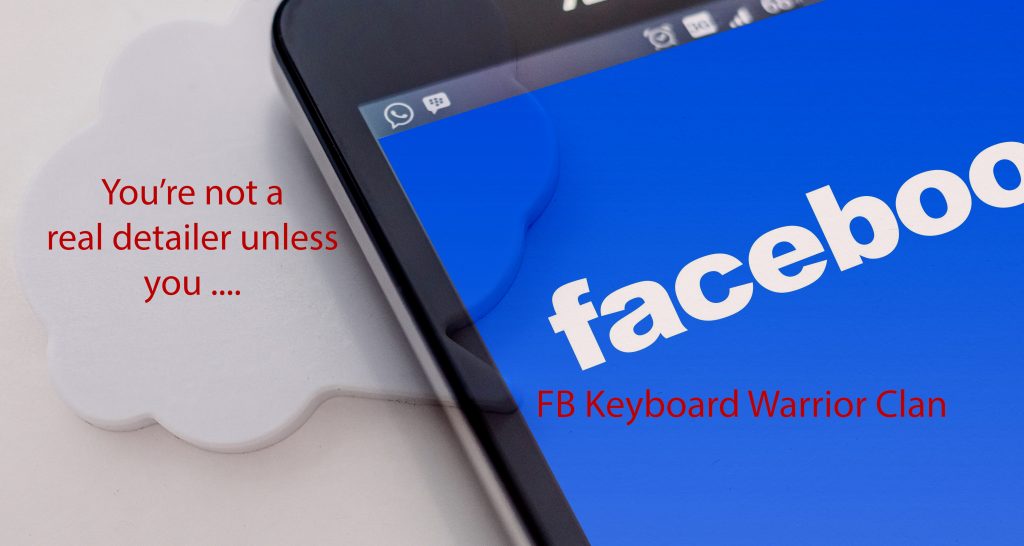
‘Still see swirls, shame on you Rodney.’ Does it look better, yes! Who cares about strangers and their negative energy? A lot of people gladly pay me to improve but not totally remove swirls. I, as well as the other writers on this blog, are realistically more skilled at chasing perfection than the mean-spirited internet person who “still sees swirls.” Let experience caring for your car over time guide you.









On a recent post in a Facebook detailing page, the person (a “detailing newbie” who made the post ) was “chasing perfection” and burned through the clear coat. When asked if he had a paint depth gauge, he stated “They’re way too expensive”… I made a suggestion that he get one and even posted a link. His answer back was “$200 is a lot of money”… I answered back “It’s far less than the paint job that will be needed to repair that panel”… It is a hard lesson he learned, hopefully he will listen.
As detailers, we need to be honest about we can and cannot do.